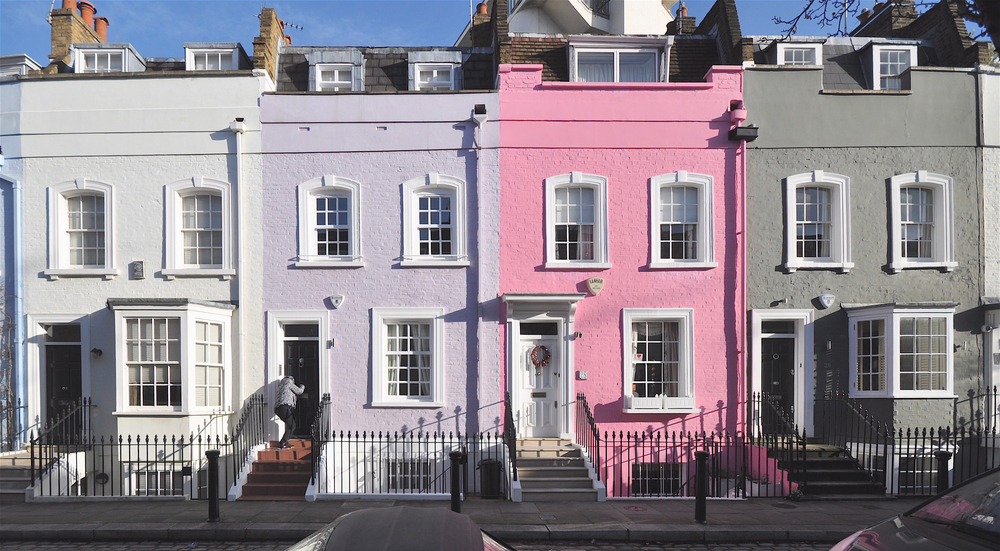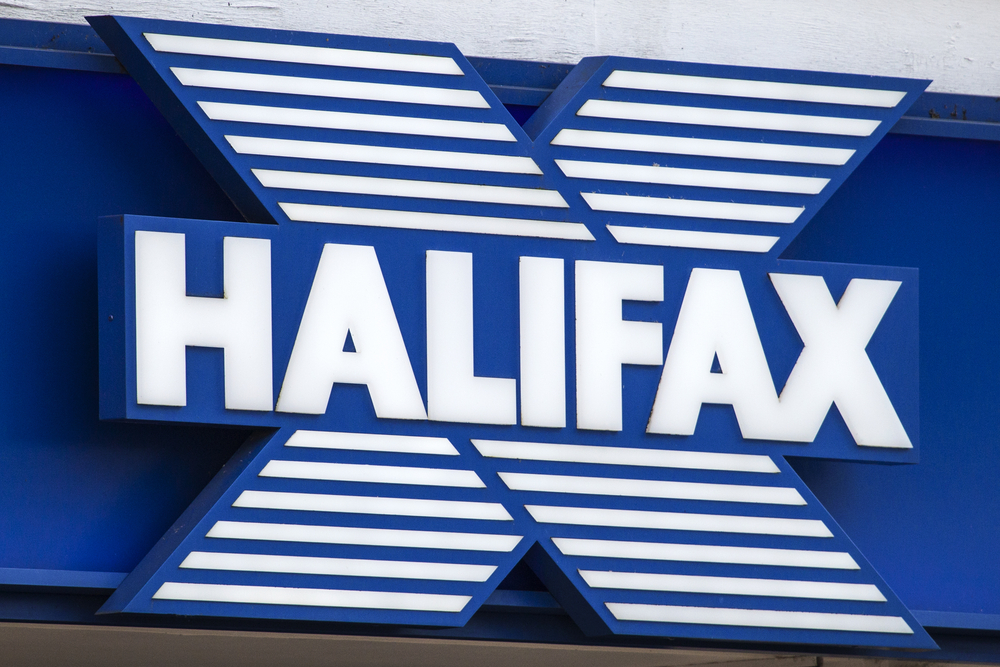
House prices fell for the first time in nine months in December, data from Halifax shows, but still finished the year 3.3% higher than 12 months ago.
The average home price slipped 0.2% last month to £297,166, following five consecutive monthly increases. The December fall was the first since a 0.9% drop last March.
Halifax head of mortgages Amanda Bryden says: “The housing market was broadly steady at the start of 2024, with house price growth taking off from the summer onwards.
“In the latter half of the year, house prices grew in response to the falls in mortgage rates, alongside income growth, both leading to financial pressures somewhat easing for buyers.
Bryden adds: “Impending changes to stamp duty thresholds have also given prospective first-time buyers even greater motivation to get on the housing ladder and bring any home-buying plans forward.
“Together, these elements meant mortgage demand picked up, hitting the highest level in over two years and back to levels seen pre-pandemic.”
Northern Ireland maintained the strongest property price growth of any nation or region in the UK, rising 7.4% over the year, hitting £205,895 in December.
In Wales, prices were up 4.6% compared to the previous year, with properties now costing £226,646 on average.
Scotland saw house prices rise 2.4% over the year to come in at £209,959 last month.
London retains the highest average house price in the UK, at £547,614, up 3.3% from last year.
Bryden points out: “While the housing market has been supported in recent months by falling mortgage rates, income growth and the announcement on upcoming stamp duty policy changes, mortgage affordability will remain a challenge for many, especially as the Bank rate is likely to come down more slowly than previously predicted.
“However, providing employment conditions don’t deteriorate markedly from a more recent softening, buyer demand should hold up relatively well and, taking all this into account, we’re continuing to anticipate modest house price growth this year.”
SPF Private Clients chief executive Mark Harris says: “Modest house price growth is being underpinned by borrowing costs which, while softening, remain higher than many borrowers were paying just a few years ago.
“With HSBC, Halifax and Leeds Building Society among those lenders reducing some of their mortgage rates this month, the new year has got off to an encouraging start. Borrowers will be hoping that other lenders follow suit and that the Bank of England delivers further rate reductions, helping ease affordability concerns.”
Together group channel development director Chris Baguley says: “The 2024 market drew to a close with prices falling 0.2%, a disappointing end after signs of wider recovery in the past few months.
“Given interest rates were only cut twice, the pace at which the Bank of England moves this year will be of pressing concern for homebuyers and those looking to remortgage.”
Quilter mortgage expert Karen Noye points out: “This annual growth is indicative of a remarkable level of resilience within the housing market.
“It has battled ongoing headwinds of high borrowing costs and affordability pressures for a long while now, yet demand seems to have been sustained and the market may even now be adjusting to the ‘new normal’ of higher but more stable interest rates.
Noye adds: “2025 will not be without its own fair share of challenges, however, and the changes to stamp duty, which are due to come into effect in April, could weigh heavily. For home movers, the current stamp duty threshold of £250,000 will halve to its previous level of £125,000, meaning the process will become even more costly.
“For first-time buyers, the impact will be keenly felt. Not only will the stamp duty threshold decrease from £425,000 to £300,000, which could mean they go from paying nothing to paying up to £6,250 in stamp duty, but the maximum purchase price first-time buyers’ relief can be claimed on will fall to £500,000 from the current level of £625,000.
“This will no doubt make taking the first step onto the property ladder even more challenging, particularly for those living in areas of the country with higher average house prices.”



